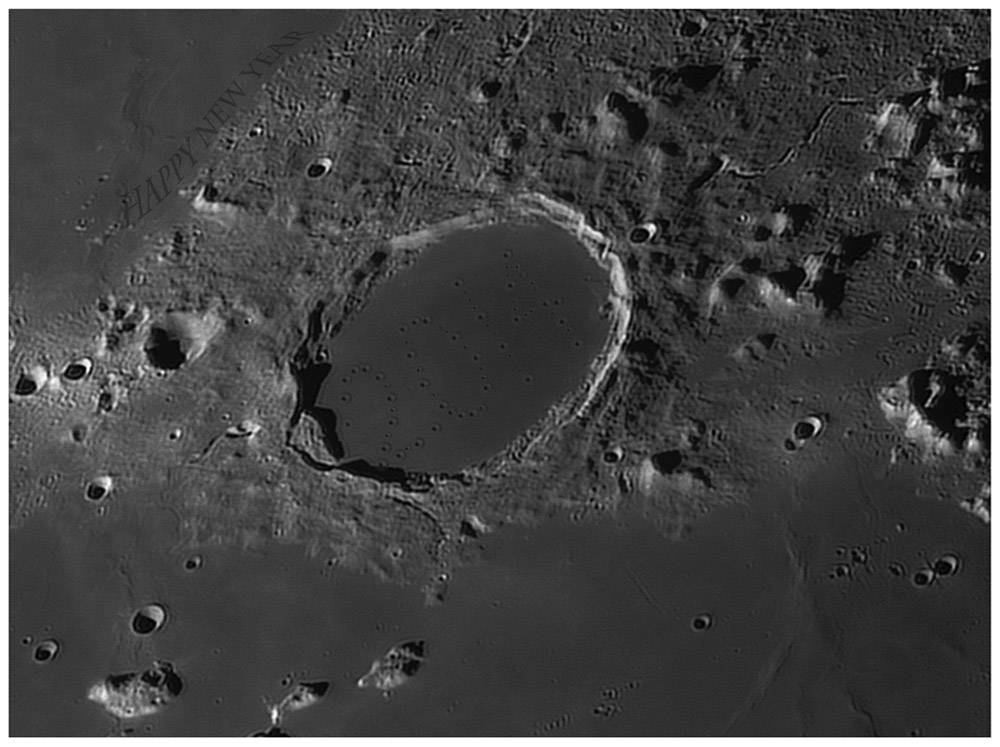January 1, 2014
Year 11 Begins

image by Maximilian Teodorescu, Cota 1000 (SInaia), Romania
(Claude really works fast!)
Ten full years ago the first LPOD appeared. Today we start the 11th year. There have been 3,650 LPODs, plus the leap days, and minus the days and weeks missed. Hundreds of you have submitted images which continually improve year by year. According to the website counter, more than a million page views occur each year. A faithful group of imagers and commentators contribute for two to three years and then tends to fade away to be replaced by a new group. Richard Bosman is one of the very few who has stayed with LPOD since the first year and still contributes. And I want to thank Jocelyn Sérot, Gérard Coute and Claude Navarro who have been translating LPOD into French as time permits since 2009! Merci!
I retire from my day job one month from now. That doesn't mean that I'll have more time for LPOD for I'll need to do things that pay bills! One such thing is to offer an 6-8 week short course on Understanding the Moon, probably starting in April. I am beginning to define what it will contain and what activities participants will be encouraged to do. The course will be at a college level in content but will have no academic credit, grades nor homework that you have to do. Contents will include lunar geology based not just on lectures but on data collection and analysis by participants of significant scientific problems. For example, in 1968 I found that very few craters with diameters smaller than 10 km have central peaks. Now with LRO we can see if that is really true and consider what it means if not. Another project might be to conduct precise crater counts to determine ages of prominent impact craters - here is a recent professional example. But what we will definitely do are things suggested by potential students, so let me know what you'd like to learn and experience. And tomorrow there will be another LPOD.
Chuck Wood
Technical Details
Imaginile sunt realizate cu telescop C 11 la F/25 (cu barlow TV 2.5x) si camera ASI120MM cu filtru IR-pass 685nm.
Related Links
21st Century Atlas chart 19.
Max's astronomy website
COMMENTS?
Click on this icon File:PostIcon.jpg at the upper right to post a comment.



